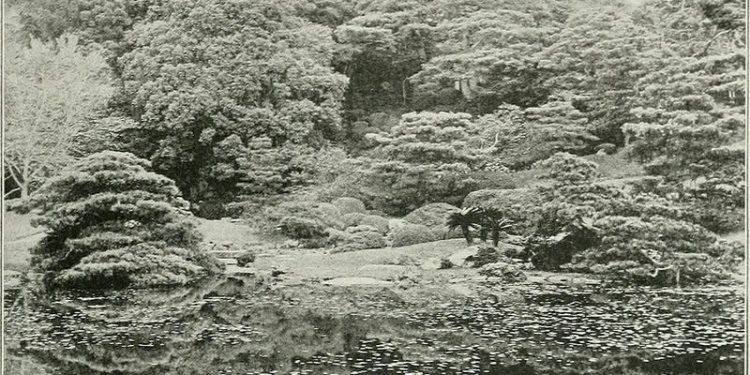
Silk producing countries
The major silk producing countries in the world are; China, India, Uzbekistan, Brazil, Japan, Republic of Korea, Thailand, Vietnam, DPR Korea, Iran, etc. Few other countries are also engaged in the production of cocoons and raw silk in negligible quantities; Kenya, Botswana, Nigeria, Zambia, Zimbabwe, Bangladesh, Colombia, Egypt, Japan, Nepal, Bulgaria, Turkey, Uganda, Malaysia, Romania, Bolivia, etc.
The major silk consumers of the world are; USA, Italy, Japan, India, France, China, United Kingdom, Switzerland, Germany, UAE, Korea, Viet Nam, etc.
Even though silk has a small percentage of the global textile market - less than 0.2% (the precise global value is difficult to assess, since reliable data on finished silk products is lacking in most importing countries) - its production base is spread over 60 countries in the world. While the major producers are in Asia (90% of mulberry production and almost 100% of non-mulberry silk), sericulture industries have been lately established in Brazil, Bulgaria, Egypt and Madagascar as well. Sericulture is labour-intensive. About 1 million workers are employed in the silk sector in China. Silk Industry provides employment to 7.9 million people in India, and 20, 000 weaving families in Thailand. China is the world's single biggest producer and chief supplier of silk to the world markets. India is the world's second largest producer. Sericulture can help keeping the rural population employed and to prevent migration to big cities and securing remunerative employment; it requires small investments while providing raw material for textile industries.
1. Global Silk Production (in Metric Tonnes)

2. Other statistical data related to Silk industry
Some of the countries have provided more elaborate statistical data on silk industry, other than the production data given above. The country-wise details are given below:-















